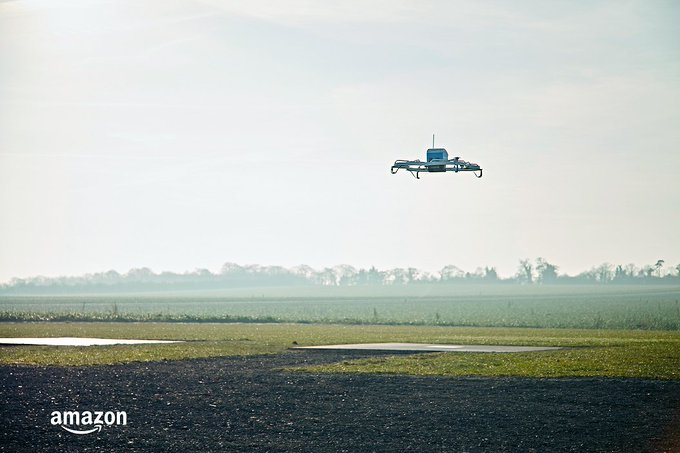The three chosen research teams will perform feasibility studies on projects aimed at advancing autonomous systems in self-driving cars and drones.

NASA has selected a trio of research teams to perform feasibility studies on projects aimed at advancing autonomous systems in self-driving cars and drones.
The research will span three key areas of autonomous technology, including certification of self-driving cars and Unmanned Aircraft Systems (UAS); the development of new methods to verify whether remote-piloted drones are fit to fly before each flight; and how to use quantum computing and communication tech to create a jam-free network that can support hundreds of thousands of drones flying each day.
NASA said the studies are expected to take between 24 and to 30 months to complete.
“Our idea is to invest a very modest amount of time and money into new technologies that are ambitious and potentially transformative,” said Richard Barhydt, NASA’s acting director of the Transformative Aeronautics Concepts program.
“They may or may not work, but we won’t know unless we try.”
NASA’s targeted selection of the research teams shows how the organization is trying to tackle the technology segments in need of refinement in order to make autonomous systems operate at scale. The organization has also become aggressive in its push for technological advances in drone systems and finding ways to use them for Mars exploration.
For instance, NASA’s Mars Electric Reusable Flyer project is using technology from autonomous robots and self-driving vehicles to develop visual odometry algorithms and Simultaneous Linearization and Mapping (SLAM) algorithms that will allow drones to navigate and recharge autonomously in the often unpredictable conditions on Mars.



 Silly thing to get worked up about
Silly thing to get worked up about



